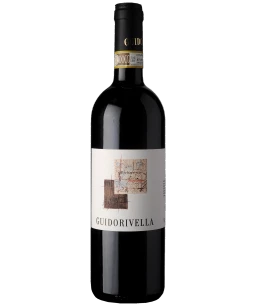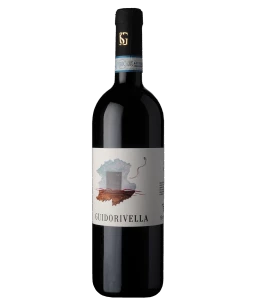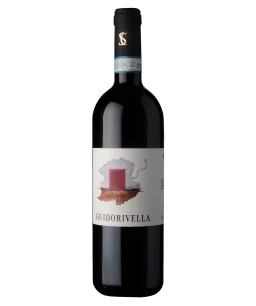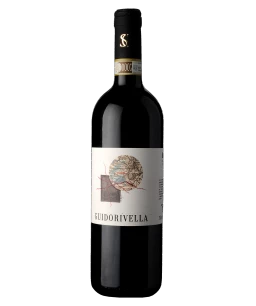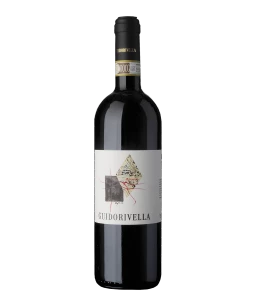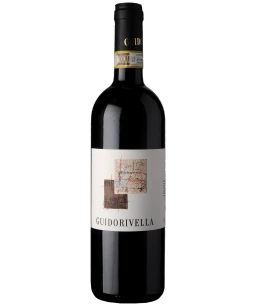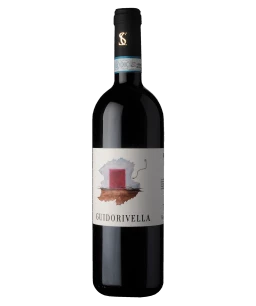Az. Agr. Rivella Silvia
In 2010, to crown a dream of the experienced oenologist Guido Rivella (Oenologist at Angelo Gaja for decades), who was born in Montestefano / Barbaresco, the Azienda Agricola Silvia Rivella, named after his daughter, was founded.
The province of Piedmont, which in turn includes the Langhe region, is located in north-western Italy. In this area, a UNESCO World Heritage Site, people live in a symbiotic relationship with grapevines and wine. The landscape itself is ideal for viticulture, as it consists of a series of gently rolling hills. Each of these is covered with vines and divided into different plots called "crus" (as in Burgundy). Almost every cru is cultivated individually, so that the character of each vineyard is reflected in its wine. Nebbiolo is the dominant grape variety. Different wines are produced from it, with Barolo and Barbaresco - often called the king and queen of wines - the most famous of these. Both wines have a potential for long-term storage that is almost beyond compare, along with a complexity and tannin structure that is found in few other wines worldwide.
Often overshadowed by its more "masculine" counterpart, Barbaresco is a wine of great elegance and finesse, which genuinely evokes a feminine quality. Barbaresco can only be produced from Nebbiolo, and the grapes may come only from the villages of Barbaresco, Neive, Treiso and Alba. The region also produces Barbera, Dolcetto, Freisa, Arneis and Pelaverga, as well as a small amount of Merlot, Cabernet Sauvignon, Sauvignon Blanc and Chardonnay, all of which are used in the creation of some wonderful wines.
Red wines from Az. Agr. Rivella Silvia
from Az. Agr. Rivella Silvia
At the peak of one of the most famous crus in Barbaresco, Montestefano, the wines are produced by a very small vineyard, the Azienda Agricola Silvia Rivella. The main figure in the cellar is Guido Rivella, one of the best "wine craftsmen" in Italy, and, for that matter, probably in the world. Guido retired after 47 years of working as an oenologist for Angelo Gaja in Barbaresco. However, he soon realised that he wouldn't be happy if he was no longer able to produce wine. He wasn't satisfied until he had restored the family's old "cascina" (farmhouse) and was able once more to produce wine from the old vines on Cru Montestefano. Silvia, Guido's daughter, runs the small B&B that has grown up over time on the cascina. Enrico, Guido's son, describes himself as the "court jester of the estate", involved as he is in a wide variety of activities, including taking care of the marketing and exports.
No pesticides are used in the vineyards, only a minimum amount of copper and the obligatory treatment against chlorosis, a condition which makes the leaves turn yellow. The cru is not, however, certified as organic. No chemical products are used in the cellar, not even sulphites or selected yeasts, except in "difficult" vintages, where these are used as sparingly as possible. The last time this happened was in 2012. As Guido says: "We also drink our wine ourselves, so it would be foolish of us to produce it in a way that might lead to harm."
At Baur au Lac Vins you can find four wines from this little pearl of the Langhe.
Barbaresco Montestefano: a Barbaresco that tastes a little "Barolo-esque", because this cru is geologically similar to some of the Barolo crus, with Marne Blu (blue clay) being found in the soil (similar to the Pomerol area and in a famous Bolgheri vineyard), giving it structure and depth. The wine ferments in steel tanks and then matures for 18-20 months in older barriques and in 500-litre tonneaux. After this period the wine is transferred to neutral containers (e.g. cement or steel tanks) for 4-5 months so that "it can find itself". Before the wine is put on the market it is aged in the bottle for a further 7-8 months. The result is a wine that will still be wonderful in 20 or 30 years. As the Montestefano vineyard is only 1 hectare in size and its vines are over 50 years old, only about 1000 bottles are produced per year.
Barbaresco Fausoni: This cru from Neive has been produced by Rivella since 2015. The vines are about 50 years old, and the wine is produced in the same way as the Montestefano. However, the personality of the wine is completely different, as the soil in Fausoni is made up of light clay and sand. The wine is very elegant, with a dominant note of liquorice and balsamic aromas. But thanks to its tannins it is rounder than the Montestefano. This plot, too, is only 1 hectare in size.
Langhe Nebbiolo: a "blend" of 90% Nebbiolo from a vineyard in Montestefano which can't be classified as Barbaresco because of its orientation, and 10% Barbera, also from the Montestefano cru near the Tanaro river. The wine is aged for 10 months in used barriques, then for 4-6 months in steel tanks. In good years, about 3000 bottles are produced, in more difficult years, up to 6000 bottles, because then no Barbaresco crus are produced.
Barbera d'Alba: from a plot at the end of the Montestefano cru near the Tanaro river (Barbera likes the comfort of a degree of humidity). The vines are 45 to 50 years old. This grape variety has always been the most popular: the everyday wine, so to speak. But, from the 1970s onwards, a number of producers saw and began to exploit its potential to produce excellent wines. Barbera itself has almost no tannins The wine gets its tannins from the wood. For maturity, it relies on acidity and a little alcohol. Barbera d'Alba is a very fruity and fresh-flavoured wine. The ageing process is the same as for Nebbiolo d'Alba. Around 2000 bottles per year are produced.
Producer
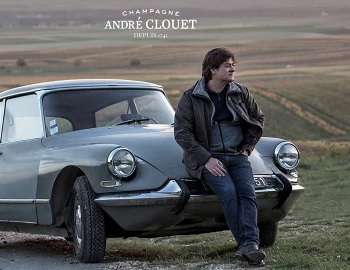
Champagne André Clouet
We didn’t find the low house, dating from the 17th century, straight away, even though the village of Bouzy is not very large. Modest buildings are grouped around a courtyard, behind which a vineyard lies, similar to a clos.
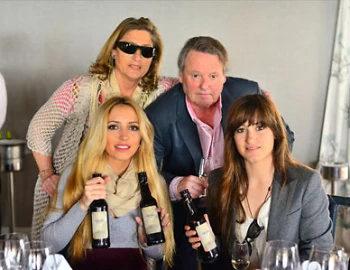
Gutiérrez Colosía
Read more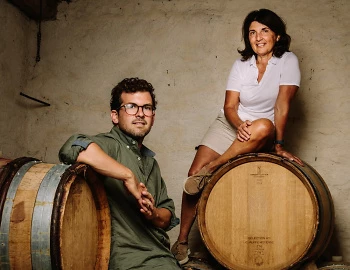
Domaine Thomas Collardot
A hidden treasure from Puligny-Montrachet
Domaine Thomas-Collardot is a small, family-run winery with 2.5 hectares of vineyards in the heart of Puligny-Montrachet – one of the most renowned wine-growing areas in the Côte de Beaune in Burgundy. Since 2010, Jacqueline Collardot has been running the winery with passion and respect, continuing a precious family tradition.

